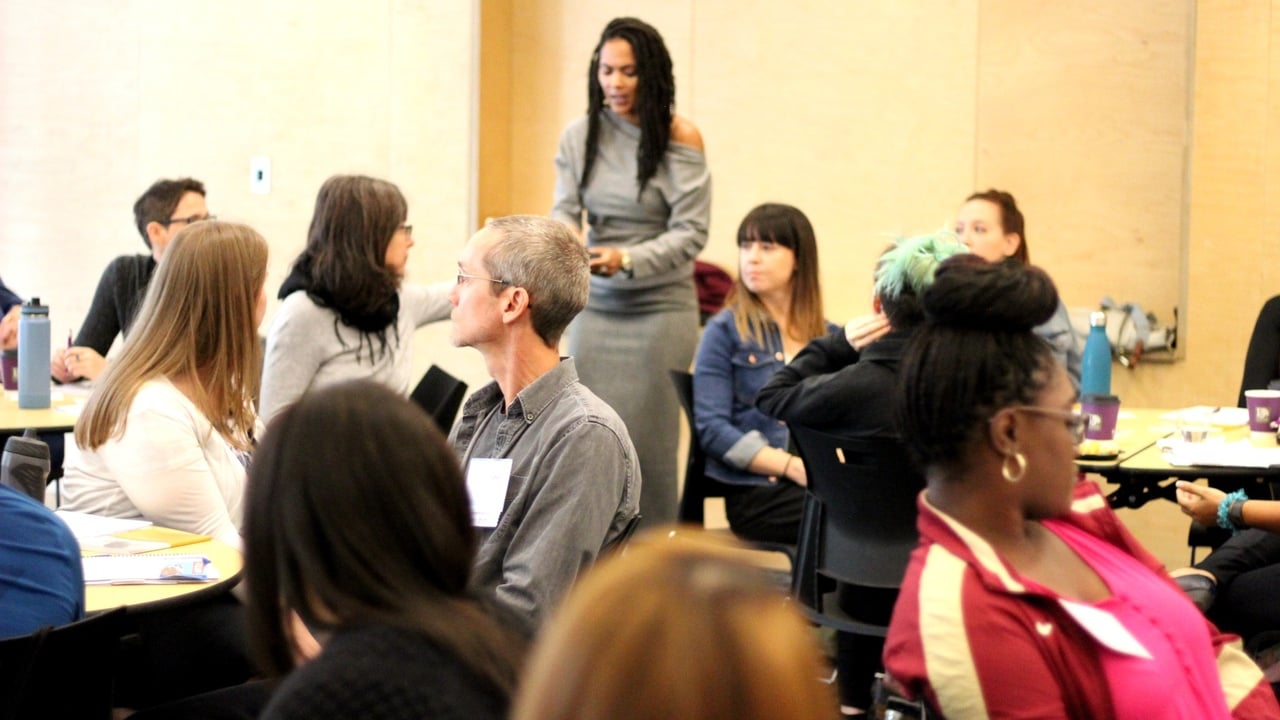DEI in Action – The 3-Step Process of Moving From Conceptual Understanding to Integrated Practical Application
"I've spent the last few years learning about diversity, equity, and inclusion, my staff is on board, but I just don't know what to do now?"
This is a common predicament for organizational leaders who, although they are ready to make a positive impact and be a part of societal progress, just don't know how to take their understanding of DEI to the next level – into action. I understand the confusion because we have all the want, excitement, passion, and willingness; we've learned about the concepts and ideas, but we don't know how to convert that into actual tangible, substantial outcomes.
The solution is a simple 3-step approach:
Use this as your starting point and outline because not knowing where to begin is guaranteed to sabotage your DEI success. If you can only "talk "about diversity and being inclusive and lead discussions with your team – you're still splashing into the shallow end of awareness. However, a precious piece to the puzzle, awareness, understanding, and initial discussion will only take you so far.
Without action and forward movement, everything will eventually fall flat, and people will grow exhausted from just "hearing" about the ideas and become disconnected, disengaged, lose enthusiasm, and eventually empathy. But creating a plan of action with tangible metrics and an integrated leadership approach will take your DEI from concept to practical application to long-term success.
Getting Started is Key
After a couple of years of discussions and impassioned declarations of commitment and dedication, we are at a "now what?" phase. Where do we go from here? It's critical to make significant strides forward to prevent "diversity fatigue," further disrupting any and all progress.
Diversity Fatigue, as summed up by Fast Company, "describes the feelings of exhaustion, isolation—and sometimes, skepticism—associated with a desire to understand and solve the complex issues surrounding racial justice."
And the best remedy for cultural lethargy in the workplace is action, and the only way to ensure success and progress with tangible results is by creating an action plan, having a mechanism to evaluate those plans, and rounding leadership into the process.
Creating the Action Plan
For any project, campaign, or initiative to succeed, you need a plan; organization is key.
Ask yourself some of these questions:
- What do we want to accomplish?
- What does the ideal end goal look like?
- What are some of our weak points and areas we'd like to improve?
- Are we contributing to any issues or creating barriers?
- Are our processes and policies fair?
Once you get an idea of where you are, what some of the issues may be, and where you want to go, you can move into the next step of the action plan.
Metrics, Stats, and Numbers
After creating your ideal plan and outline, we follow up with the defining element: the numbers. A data-driven approach ensures fairness and accountability, is your most accurate and honest measuring tool, and allows you to create milestones for progress with the ability to evaluate and measure your plan's effectiveness and overall progress.
The first step to finding your key metrics is conducting a self-audit.
Thomas Bognanno of Community Health Charities has a valuable strategy for internal audits. "To accelerate DEI, conduct an audit, scrutinizing yourself and the organization's leadership. How have staff and board volunteers advanced? How accountable is leadership for DEI initiatives?" Take the opportunity to look inward.
While the saying goes “Everything is easier said than done,” with these steps, you can go from understanding and talking about DEI goals to implementing them and becoming an organization that acts out their values.

